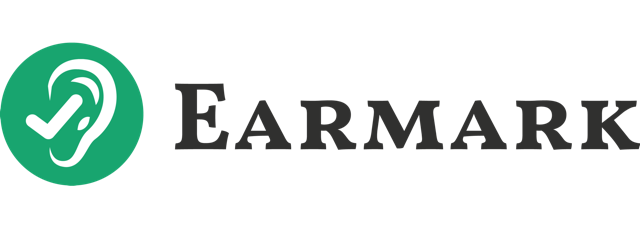Are your lease accounting tools holding you back? Here’s how to bridge the gap and streamline your financial close process.
CFOs, Certified Public Accountants (CPAs) and finance teams are facing unprecedented challenges in lease accounting, especially with the complexities introduced by ASC 842 and IFRS 16. Traditional tools like spreadsheets are no longer sufficient for managing the intricate details of modern leases. Imagine trying to generate a journal entry report for 2,000 leases and it takes five hours—every single month! This is not just an inconvenience; it’s a crisis that threatens the efficiency and accuracy of financial reporting.
To help CPAs navigate these complexities, Greg Kautz shared his insights on an Earmark webinar. Here is a summary of the key takeaways:
Recognizing the Limitations of Traditional Tools
Before 2019, lease accounting was straightforward—track the general ledger coding, payment amount, and vendor. However, with the implementation of ASC 842, CPAs now have to manage an expanded scope of data, transforming lease accounting into complex asset management.
“Now, you’ve got to start tracking the lease name, commencement date, date of return, classifications, and payment schedules,” says Greg. Each lease requires meticulous tracking of multiple data points to ensure compliance and maintain audit-ready documentation.
Spreadsheets and basic software can’t keep up with:
- Complex Payment Structures: Leases may have multiple payment components requiring different accounting treatments.
- International Operations: Multi-currency leases introduce foreign exchange complexities.
- Consistent Application of Key Inputs: Inconsistent incremental borrowing rates across leases can compromise financial statement accuracy.
Navigating Modifications and Reassessments with Confidence
Modifications and reassessments under ASC 842 are particularly challenging. CPAs must maintain accurate audit trails and ensure that changes apply to the correct periods—all while meeting tight month-end deadlines.
“Some companies have deferred so many modifications they’re approaching materiality thresholds,” warns Greg. This situation is even more complicated for organizations dealing with both IFRS and US GAAP requirements.
Key challenges include:
- Updating Incremental Borrowing Rates: Ensuring rates apply to the correct period without affecting past calculations.
- Retroactive Adjustments: Making accurate entries for closed periods without reconstructing entire datasets.
- Audit Scrutiny: Auditors are increasingly focusing on lease modification processes and documentation.
Embracing Scalable Lease Accounting Solutions
The limitations of outdated tools become glaringly apparent as organizations scale. Waiting hours for journal entries is not sustainable from legacy lease accounting systems.
“Companies recognize their systems are inadequate but hesitate to change due to perceived implementation complexity,” notes Greg. However, modern lease accounting solutions can be implemented quickly and efficiently.
Essential features of scalable solutions include:
- Rapid Processing: Handle large lease portfolios without delays.
- Accurate Retroactive Adjustments: Process changes affecting closed periods correctly.
- Multi-Currency Support: Manage international leases seamlessly.
- Robust Audit Trails: Maintain clear documentation for compliance.
- Scalability: Grow with your organization’s expanding lease portfolio.
Practical Steps for CPAs to Overcome Lease Accounting Challenges
To effectively overcome these challenges and enhance your lease accounting practices, consider implementing the following strategies:
- Centralize Your Lease Inventory: Maintain a centralized database accessible to all stakeholders.
- Be Proactive with Modifications: Update lease changes as they occur, not just at month-end.
- Leverage Automation: Utilize advanced software to reduce manual errors and save time.
- Standardize Discount Rates: Ensure consistent application across all leases.
- Plan for Reassessments: Regularly review leases for upcoming modifications or renewals.
- Stay Audit-Ready: Keep documentation organized and accessible for auditors.
- Invest in Training: Provide ongoing education for your team on lease accounting standards and tools.
Transform Your Lease Accounting Process Today
The technology gap in lease accounting is a significant risk to financial reporting accuracy and efficiency. CPAs can’t afford to rely on inadequate tools that jeopardize compliance and drain valuable time.
“There’s always a hard way and an easy way to do accounting,” says Greg. “Sometimes it’s achieved through technology, sometimes through better data, sometimes through better processes, and most times it’s a combination of all three.”
Don’t let outdated systems hold you back. By embracing modern solutions and proactive strategies, CPAs can bridge the technology gap and master the complexities of modern lease accounting.
Watch the full webinar featuring Greg Kautz’ expertise and practical demonstrations for more in-depth insights.
